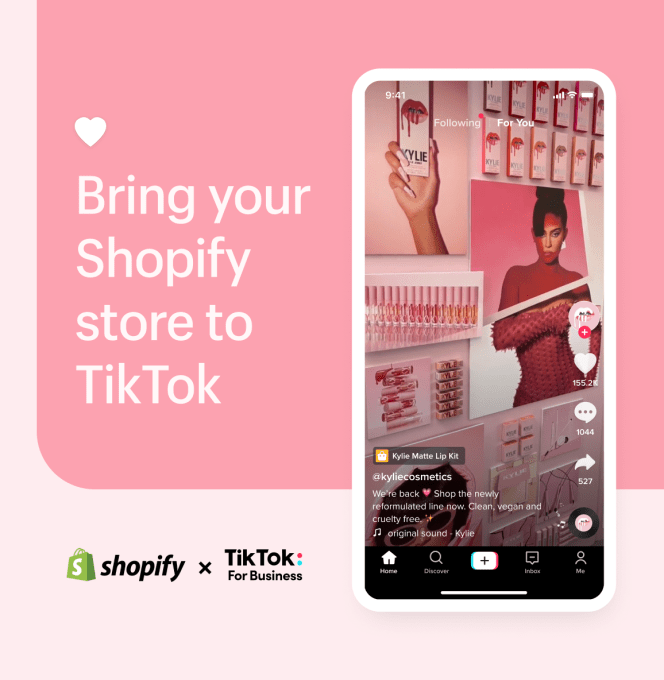Walmart today announced of a new delivery service business called Walmart GoLocal, which allows other merchants, both large and small, to tap into Walmart’s own delivery platform to get orders to their customers. Merchants can choose to the use the service for a variety of delivery types, including scheduled and unscheduled deliveries, including same-day delivery, and they can expand their delivery capacity and coverage as their own customer demand requires.
GoLocal is powered by services Walmart first developed for its own delivery needs. Over the past three years, Walmart has been working to scale its in-house Express Delivery service, which promises delivery in two hours or less. This service now offers 160,000+ products at some 3,000 stores, reaching nearly 70% of the U.S. population, the company says. Now it believes it’s ready to make these same capabilities available to other merchants across the U.S. with GoLocal.
While the new B2B service allows merchants to leverage Walmart’s last-mile network and logistics, it doesn’t necessarily mean that Walmart employees will be delivering the packages — at least at first.
Instead, GoLocal’s last-mile capabilities will be handled by gig workers from Walmart’s Spark Driver program. These same drivers also support Walmart’s same-day grocery delivery. But while the same-day service additionally relies on third-party delivery services — like Roadie, DoorDash and Uber’s Postmates — Walmart tells us that third-party delivery services won’t be involved in GoLocal.
Instead, Walmart plans to expand GoLocal over time to include more associate-powered delivery. Already, Walmart is testing associate delivery in electric vans in Northwest Arkansas, for example. These vans would allow Walmart to power delivery for a wider variety of merchants — like those with larger products that wouldn’t fit into Spark drivers’ personal cars and trucks. Walmart also plans to evolve GoLocal delivery via newer innovations like drones and autonomous vehicles, which Walmart has been testing through its Express Delivery service.
“We’ve worked hard to develop a reliable last mile delivery program for our customers,” said Tom Ward, senior vice president, Last Mile, Walmart U.S., in a statement. “Now, we’re pleased to be able to use these capabilities to serve another set of customers – local merchants. Be it delivering goods from a local bakery to auto supplies from a national retailer, we’ve designed Walmart GoLocal to be customizable for merchants of all sizes and categories so they can focus on doing what they do best, leaving delivery speed and efficiency to us,” he added.
Participating GoLocal merchants don’t have to be of a certain size. Anyone from a mom-and-pop to a national retailer can opt to use the service. They also don’t have to sell on Walmart.com’s marketplace, as this isn’t a fulfillment service where Walmart both houses and delivers third-party inventory — it’s just the last-mile delivery portion. The merchant inventory remains at their own local stores.
While any retailer could use GoLocal, getting started requires technical integrations on the retailers’ part. Walmart provides an API that plugs into their existing commerce platform which will ping GoLocal when customers place orders. This alerts GoLocal to dispatch the driver while Walmart captures delivery experience feedback, it says. If widely adopted, this could also give Walmart access to local delivery data to analyze that could aid in improving its own delivery business or inform decisions about fulfillment center placement — a potential competitive advantage.
Walmart says it already has some merchant partners signed up for GoLocal, including contracts with some national enterprise retailers, but is not yet permitted to disclose those names. It won’t detail the pricing for the service, explaining that as a white-label option with a variety of features, the prices are customized to each retailer’s individual needs.
The service is one of several initiatives Walmart now has underway to generate revenue by serving the needs of other retailers. Recently, Walmart announced it would sell access to its own e-commerce technologies to retail businesses, for example. This is a part of Walmart’s broader strategy that will see it looking to turn a profit based on providing access to technologies and services it once used only for its own operations.



